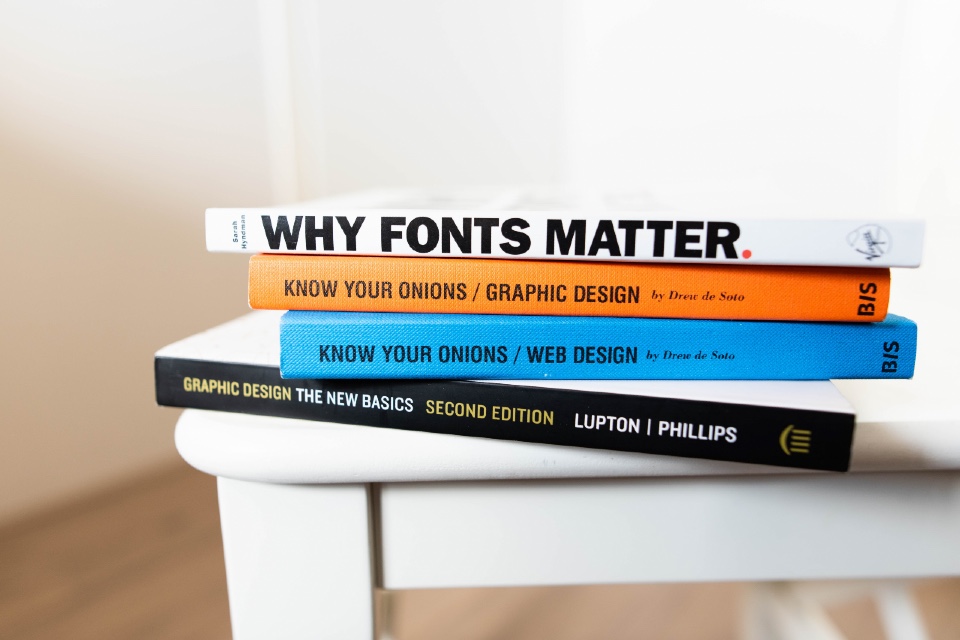CREATIVE DESIGN MONTH: Key considerations in devising your strategy
Creative design for a campaign plays a pivotal role in capturing the audience’s attention and conveying the brand’s message effectively. For marketers, devising a creative design strategy involves a blend of innovation, market understanding, and brand alignment. Here we outline the key considerations you must account for when developing an approach, based on input from attendees at the Digital marketing Solutions Summit…
1. Understanding the Target Audience
The foundation of any effective creative design strategy is a deep understanding of the target audience. Marketers must consider the demographics, psychographics, and behaviours of their intended audience. This includes age, gender, interests, values, lifestyle, and even the digital platforms they frequent. Design elements like colour schemes, typography, and imagery should resonate with the audience, evoking the desired emotional response and connection.
2. Clarity and Consistency in Brand Messaging
Creative design must align with the brand’s identity and messaging. Consistency in design elements across all channels reinforces brand recognition. This means ensuring that logos, colour palettes, and typography are uniform and reflect the brand’s ethos. For instance, a brand known for its environmental commitment might use green tones and natural imagery to communicate its values.
3. Balancing Creativity with Functionality
While creativity is crucial, it should not come at the expense of functionality. The design must be user-friendly, especially in digital campaigns. It should facilitate a smooth user journey, from the initial engagement to the desired call to action. For example, a visually stunning website is ineffective if users find it difficult to navigate or locate information.
4. Leveraging Trends and Innovation
Staying abreast of the latest design trends and technological advancements can give campaigns a competitive edge. However, marketers must carefully evaluate which trends align with their brand and audience. Incorporating elements like augmented reality, interactive content, or bold typography can enhance the appeal of the campaign, provided they add value to the user experience.
5. Multichannel Approach
In today’s digital age, marketing campaigns span multiple channels, from traditional print to social media and digital platforms. A creative design strategy must be adaptable to various formats while maintaining a cohesive look and feel. This requires an understanding of the nuances of each channel and how audiences interact with them.
6. Measuring Effectiveness
Finally, the success of a creative design strategy should be measurable against the campaign objectives. Metrics such as engagement rates, click-through rates, conversion rates, and social media interactions can provide insights into the effectiveness of the design elements. Continuous monitoring and the willingness to tweak the strategy based on feedback and performance data are essential for achieving the desired outcomes.
When devising a creative design strategy for a marketing campaign, marketers must balance artistic expression with strategic thinking. By understanding their audience, maintaining brand consistency, embracing innovation, and adapting to multiple channels, marketers can create compelling designs that not only capture attention but also drive tangible results. As the marketing landscape continues to evolve, those who skilfully blend creativity with strategy will emerge as leaders in the realm of effective communication.
Are you on the hunt for Creative Design solutions for your organisation? The Digital Marketing Solutions Summit can help!
Photo by Jeroen den Otter on Unsplash



